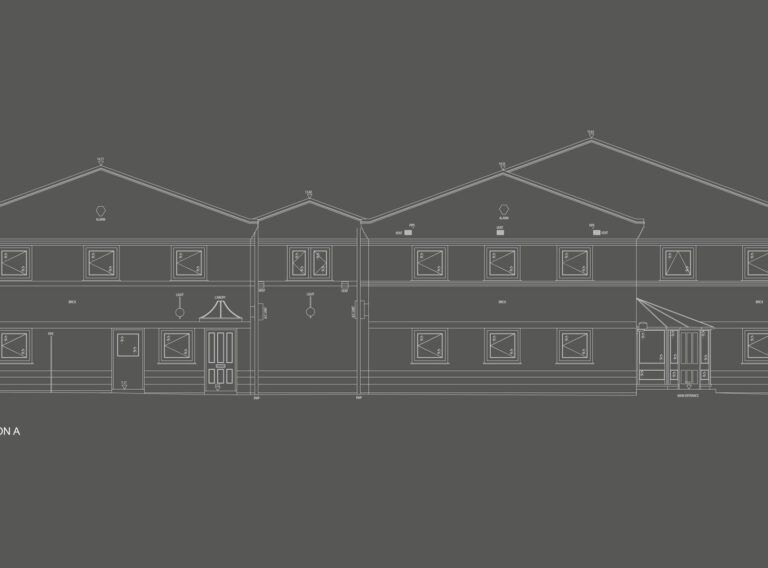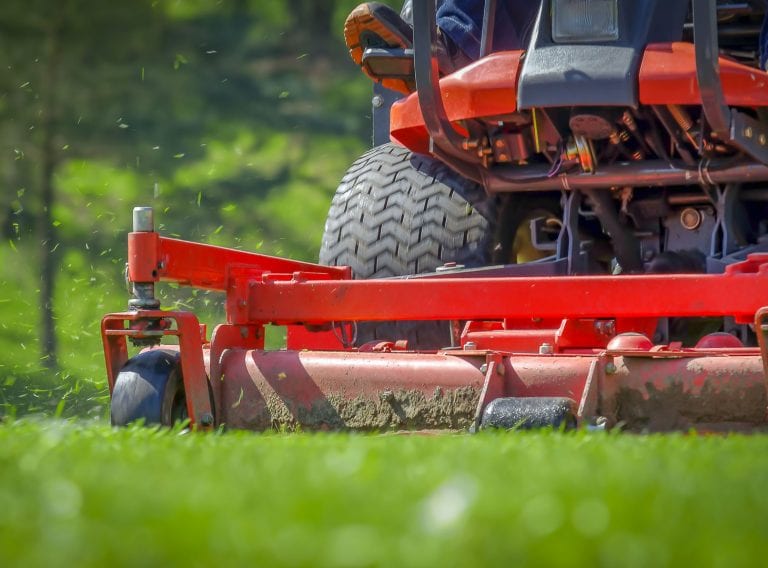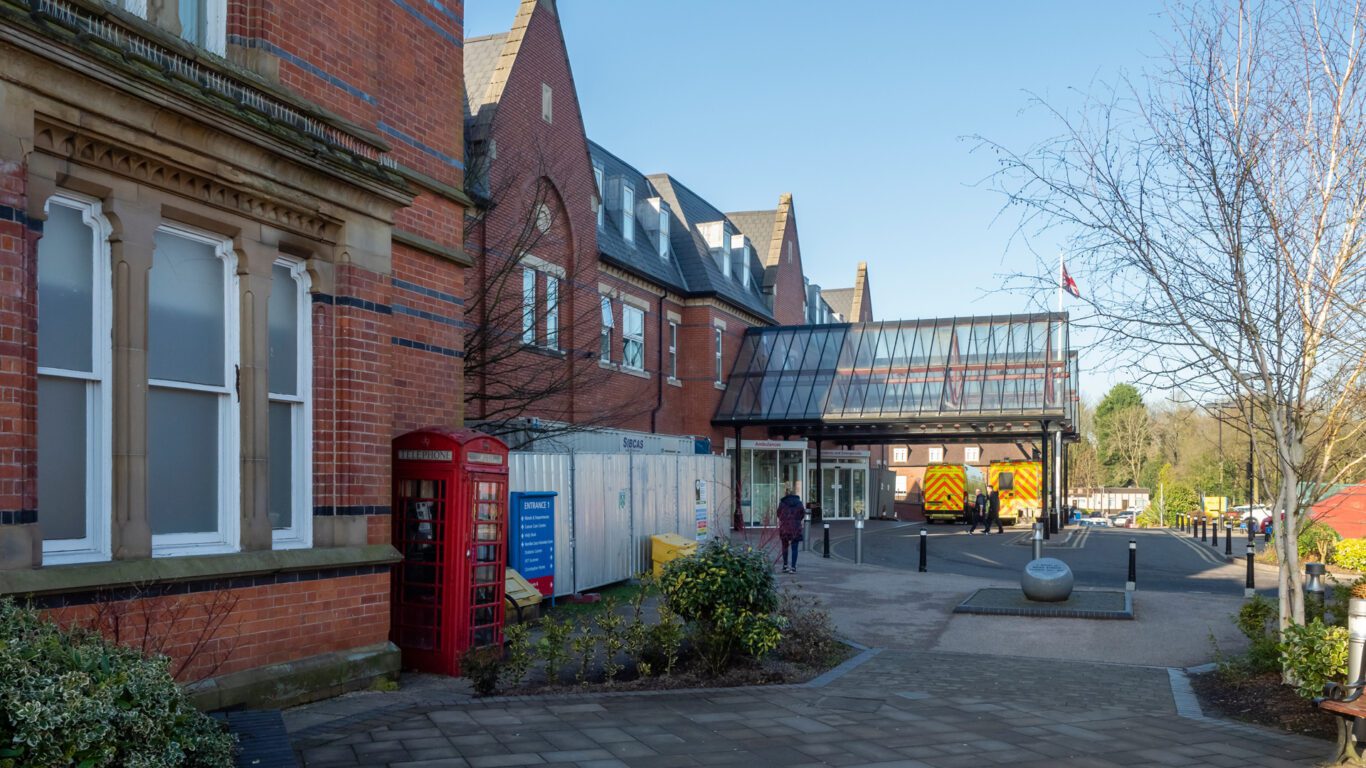
RAAC - Assessing the safety implications
Estate and facilities managers must now identify RAAC in their buildings and assess the safety of their ageing estate – to ensure minimal risk is posed to the members of the public using their buildings each day.
We’ve looked at what RAAC is, how it’s identified and what to do afterwards – including how commissioning a building survey can help to mitigate risk and devise a solution to the problem.
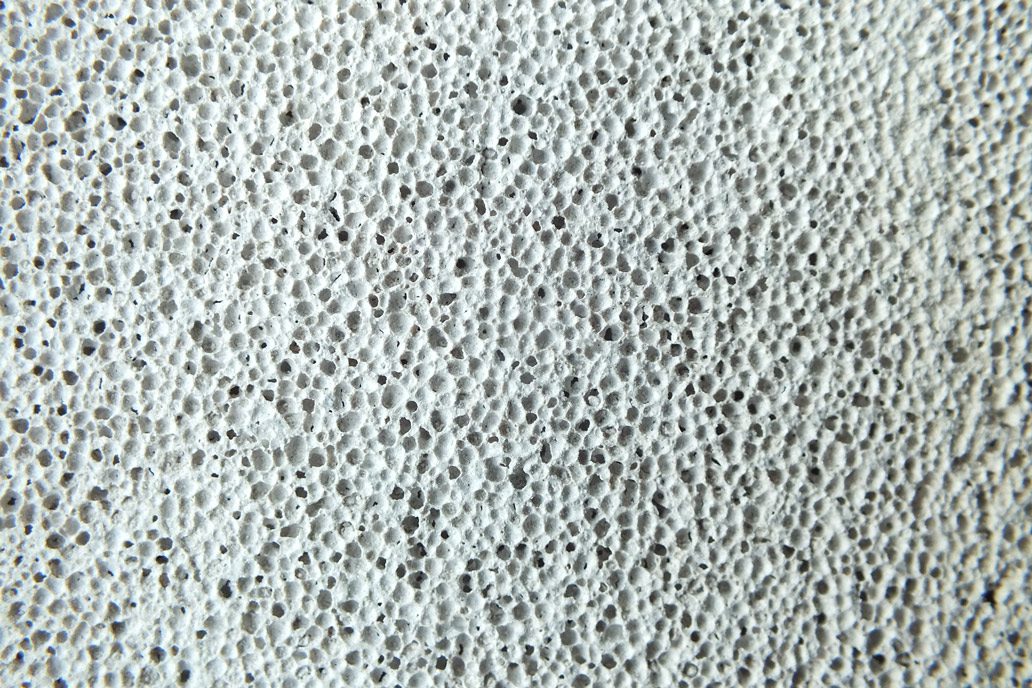
What is RAAC?
Reinforced Autoclaved Aerated Concrete – or RAAC – is a form of lightweight ‘bubbly’ concrete which was used to form panels or planks in building construction from the 1950s to the mid-1990s.
An alternative to standard concrete, it was most commonly used in flat roofing but has been found in floor and wall panels too.
RAAC has notably been identified in schools but is also present in other public buildings such as hospitals, theatres, offices, courts, sports halls and public toilets throughout the UK.
Why is it dangerous?
Recent incidents have alerted both the UK government and the construction industry to the danger of the material. For example, a school roof made with RAAC collapsed with little to no warning or visual evidence of deterioration in 2019.
Cheaper and more lightweight than standard concrete, RAAC has proven to be less durable. Some reports suggest it has a lifespan of 30 years, which is considerably shorter than standard concrete which can last for around 100 years or more.
Building Research Establishment (BRE) raised concerns about the structural integrity of RAAC as it becomes significantly compromised when exposed to water. Public building maintenance budgets have been reduced or eliminated over the past decade. Consequently, roof leaks and mould growth resulting from inadequate maintenance have weakened the RAAC roof beams in numerous public buildings, exacerbating the issue.
There are also concerns that any collapse or deterioration of RAAC could lead to the disturbance of asbestos-containing materials which could also be present in UK public buildings.

Ensuring your school estate and buildings align with 21st century needs
In the wake of the recent RAAC (Reinforced Autoclaved Aerated Concrete) crisis, schools are increasingly assessing the suitability of their ageing buildings to verify structural integrity and ensuring they are fit for purpose.
Commissioning measured surveys and drawing services is an investment that pays off in terms of safety, efficiency, and to secure the long-term future viability of your educational institution. Helping to provide a safe and efficient environment for learning and preserving the heritage of historical school buildings.
Read insight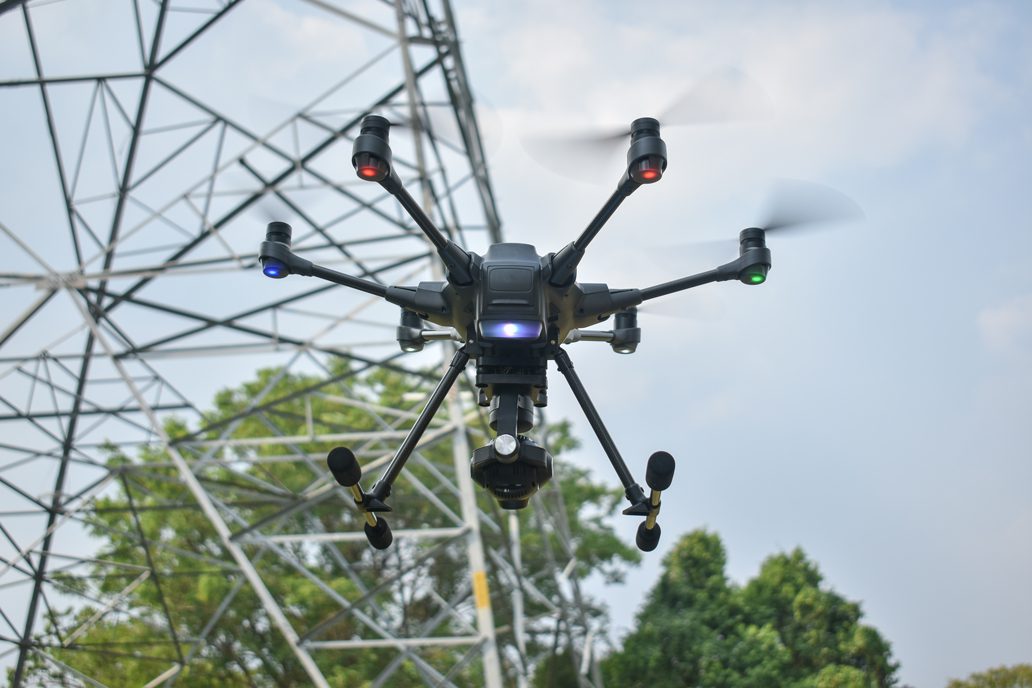
How is RAAC identified?
RAAC can be difficult to identify.
Therefore, it’s recommended that a building surveyor, structural engineer or building contractor is commissioned to conduct an RAAC assessment.
They will look for the material in the structure – usually with a bore hole – to confirm if RAAC is present.
They may also commission a drone survey – which is one of the services we offer here at CADS. A drone is flown over roofs to capture data which is used to determine whether the condition of any RAAC is acceptable.
As of 19th October 2023, 217 schools and 42 NHS sites have been confirmed to have RAAC, among other public buildings across England.
While the buildings are still in use, this cannot be ignored, leaving many estate and facilities managers to consider an appropriate action plan.
What to do once RAAC has been identified
Once RAAC has been identified, estate and facilities managers must assess and manage the situation.
If there are significant structural concerns and an immediate risk to safety, it’s advised that the building is vacated.
However, if the condition is deemed acceptable, decisions should be made on remediation and refit works – which is where survey data is particularly valuable.
Obtaining accurate measured building survey data of an estate can help when assessing how to make our building stock safe for public use.
There are a number of options available, including:


As-built surveys
Once RAAC has been identified, our team of experienced surveyors can perform an as-built survey to assist with refit or remedial works to make the building safe.
Here at CADS, we use HD 3D laser scanners to efficiently and effectively obtain accurate data which captures the existing condition of a building.
This data can then be used to verify against proposed changes or create 2D drawings or 3D models to determine what work is needed to make the building structurally sound.
As built surveysAlthough the RAAC crisis has been a stark wake-up call to the construction materials we use in our building stock, it serves as an excellent learning point for the future.
Drone surveys
As well as assisting the building surveyor with identifying RAAC and its condition, our drone surveys can assist estate and facilities managers with their next steps too.
Drone surveys utilise Unmanned Aerial Vehicles (UAV) with a mounted LiDAR scanner and data capture sensors. They are an excellent tool for roof inspections and capturing photogrammetry for property condition assessments.
This can help with providing visibility of inaccessible areas, which is essential when making decisions on any required remediation or refit work, especially on a roof.
Drone surveys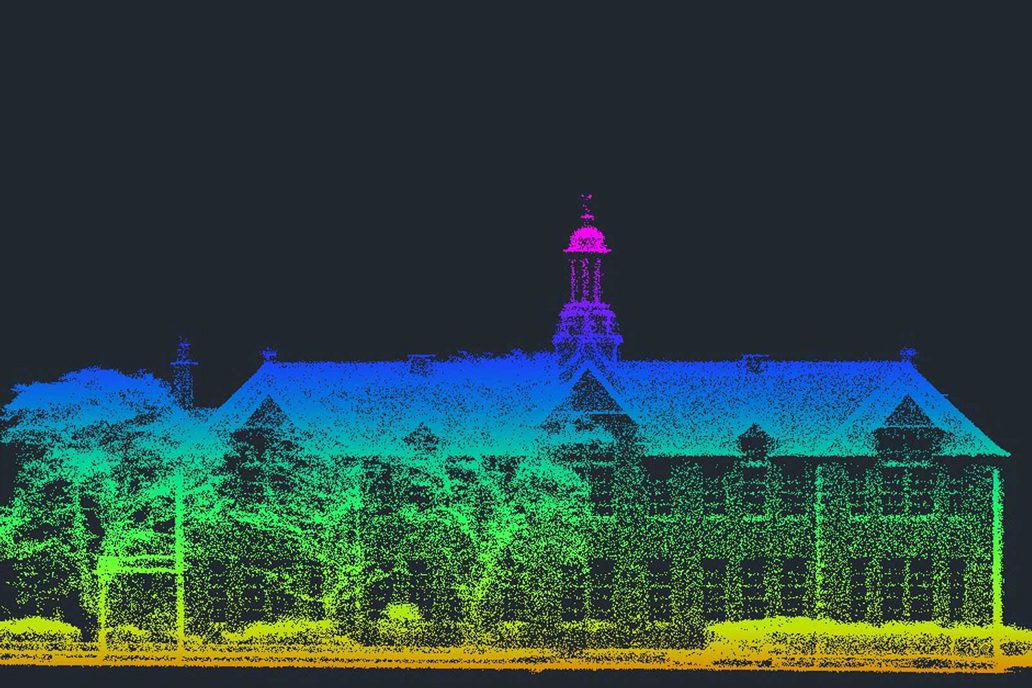

2D and 3D drawings
Obtaining accurate 2D or 3D drawings can help to inform the design and construction of remedial or refit work after an RAAC assessment deems a building unsafe.
Following a survey, our team create the drawings to the desired specification, which can then be used to form the base of a new design or remodel works.
These drawings help estate, buildings and facilities managers with decision-making, and assist architects and project teams with visualising any changes and how they will impact the building structure and layout.
CAD drawing servicesMoving forward
Although the RAAC crisis has been a stark wake-up call to the construction materials we use in our building stock, it serves as an excellent learning point for the future.
Not only must we now consider the current suitability of the materials we use, but it’s imperative to change our approach to ensure our public buildings are designed and built safely, to the highest standard – and with longevity in mind.
Accurate, as-built building data assists with building familiarity and stands the test of time to aid today’s renovation project and those planned for the future.
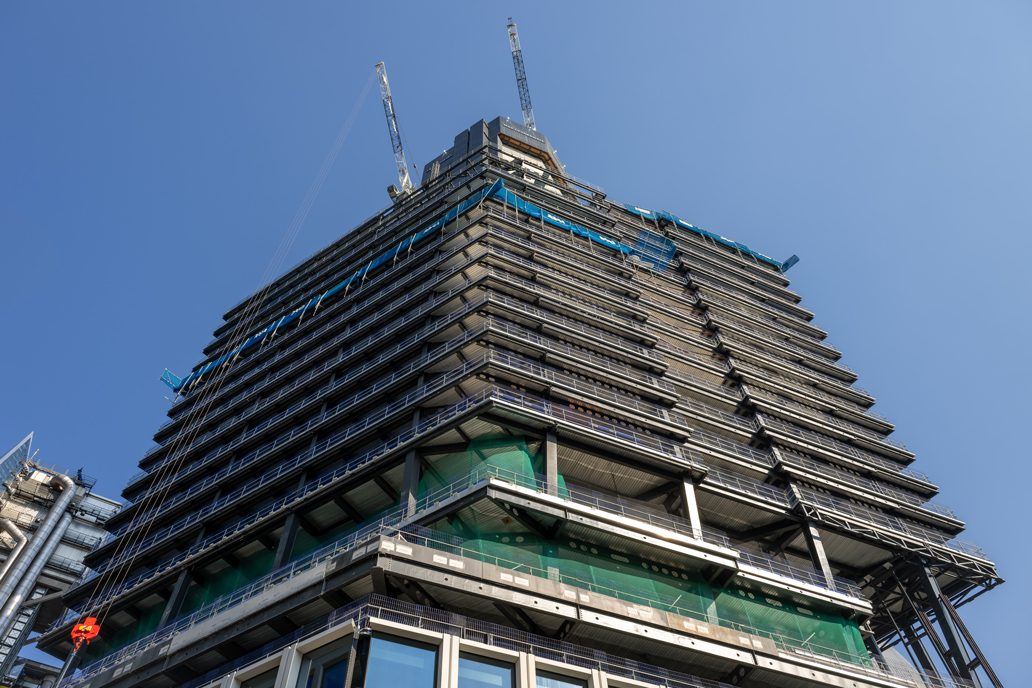

How CADS can help
If you’ve undertaken an RAAC assessment and require building data to help you with the next steps, we can provide the accurate and reliable information you need.
Plus, our expert team are DBS-checked professionals with extensive experience surveying public buildings such as schools.
We work with architects, building contractors, project teams and property professionals on projects of all sizes across the UK.
Get in touch today to find out more.
Get in touch


